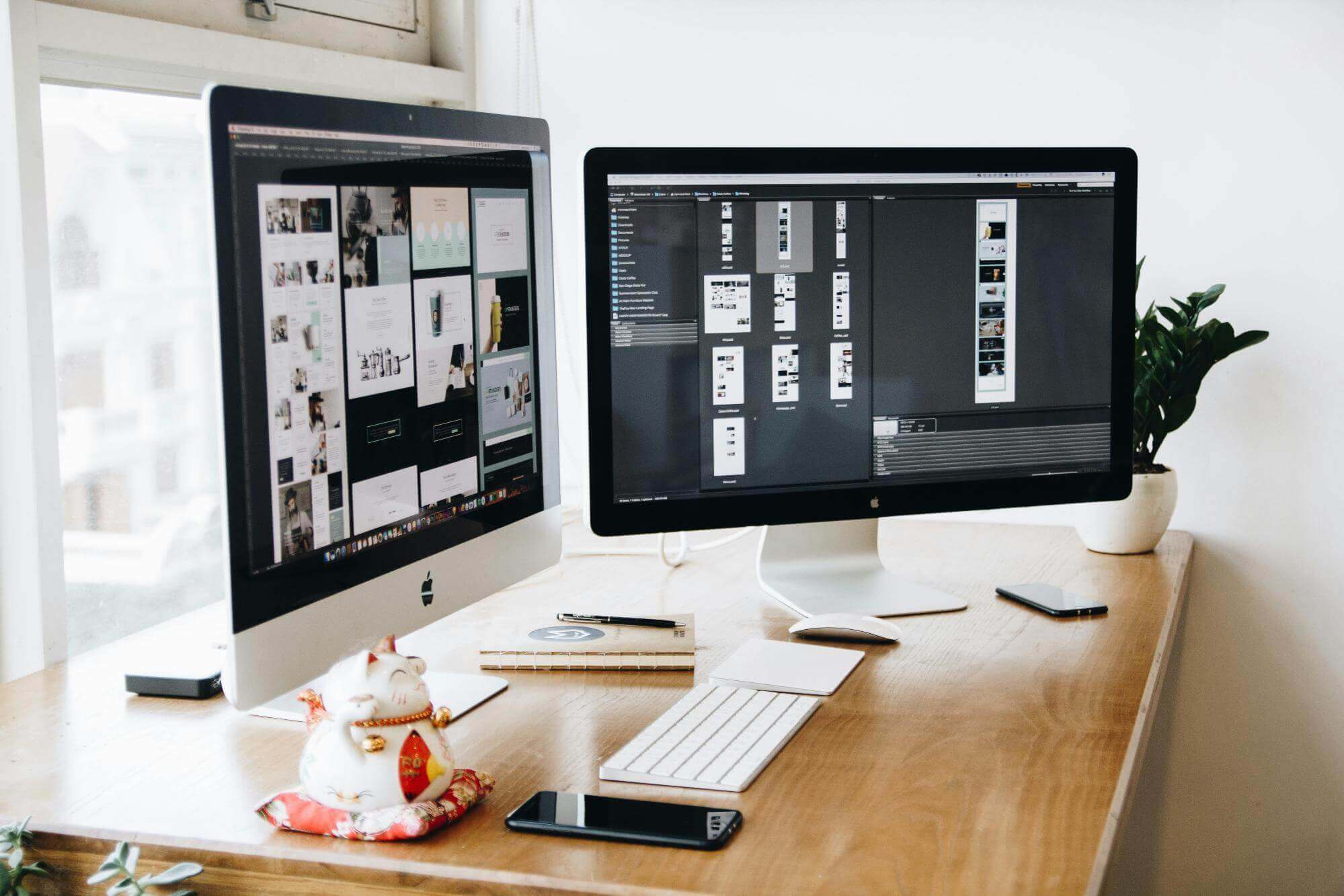Minimalism, a design movement advocating simplicity and functionality, has been at the forefront of graphic design for several years. Mastering the art of minimalism in graphic design can result in visually striking and highly effective designs that are captivating without being cluttered. This article will explore the core principles and techniques behind minimalist graphic design.
Core Principles of Minimalist Design
- Less is more: The guiding principle of minimalism, seeking to create designs that are clear and concise, highlighting only the most essential elements of the message.
- Functionality: Every aspect of the design must serve a purpose, focusing on simplifying the message, making it more user-friendly, and improving overall performance.
- Balancing visual weight: By using negative space, designers strike a balance between the heavy elements and whitespace to preserve readability and clean aesthetics.
Techniques for Minimalist Graphic Design
Understanding the core minimalist principles is only the first step. Mastering their application calls for practical techniques to help designers put these concepts into practice.
Embracing Simplicity in Imagery
In minimalist graphic design, the selection and use of images are essential to preserving the essence of simplicity. Opt for visuals with a restrained, clean, and uncluttered aesthetic that complements the overall design. Consider limiting the number of images or incorporating simple illustrations to maintain focus on the message and avoid visual overload.
For instance, when creating digital holiday cards, adopting a minimalist approach can help convey your message effectively and elegantly. By focusing on pertinent design elements and decluttering the layout, the cards will achieve a sense of harmony and evoke the desired sentiments.
Leveraging Negative Space
Negative space is integral to minimalist design. It is the space surrounding the elements of your design and provides relief and visual balance. Emphasizing negative space brings focus to the main content and improves text readability. A smart use of whitespace eliminates clutter and guides the viewer’s eyes to what really matters.
Restrained Color Palettes
Color is a powerful design tool. However, in minimalist design, the key is restraint. Instead of using multiple colors, consider using a limited palette, a monochromatic scheme, or even black and white. Every color choice should be thoughtfully selected, cohesive, and reinforce the design’s message. Designers can also use lighter or muted colors to maintain focus on the main content and promote readability.
Iterating and Refining
Minimalist design benefits from an iterative process. Removing unnecessary elements or incorporating essential ones repeatedly to refine your design will deliver a more concise and effective output. Iteration ensures an efficient and uncluttered design that emphasizes the core message and those elements that truly matter.
Typography and Visual Hierarchy
In minimalist design, typography plays a crucial role, as the overall design uses fewer elements. Choosing a clean typeface elevates legibility and provides a strong visual hierarchy. Concise typography coupled with a coherent hierarchy of text elements, like headings and body text, carries your message with clarity and authority. Experiment with different typefaces, but always choose simplicity over novelty to resonate with your minimalist essence.
Collaboration and Feedback
Considering feedback from colleagues or clients can lead to a more refined and impactful minimalist design. Constructive critique from different perspectives can help identify where improvements can be made or distractions removed. This collaborative approach ensures an effective and coherent minimalist design that achieves its intended purpose.
Grid Systems
Grid systems help create harmony and order in your designs. Organizing content into grids can enhance balance and create a comfortable flow of information for the viewer. By implementing a stable grid system, designers can place visual elements in a structured manner and create a cohesive experience for viewers, making the content easier to digest.
Evolution of Minimalism
Over time, the minimalist design movement has evolved, and with it, new techniques emerged, blending the best of past and present design practices. Staying up to date with design trends and continually refining your approach to minimalism allows you to stay ahead in the industry. Embrace the evolving essence of minimalist design and the potential that lies in an ever-changing landscape.
Conclusion
Mastering the art of minimalism in graphic design is about understanding the core principles of less is more, functionality, and balancing visual weight. By leveraging negative space, using restrained color palettes, typography, grid systems, and iterating your designs, you can create visually striking and highly effective minimalist designs that captivate and engage your audience. Embrace the challenge of simplicity and refine your skills in minimalist graphic design to make a powerful impact on your design projects.




